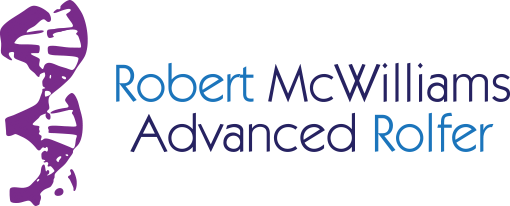 Different forms of dance put different demands on the body and require specific skills for optimum performance. If you are interested in Contact Improvisation, the connection to the ground gained through Rolfing, plus the freeing up of key fulcrums around the pelvis add up to much more stability, enjoyment and responsiveness in your dancing.The ability to elongate the body in the air and land in a safe and also elongated way is of importance in Ballet and many other western dance forms.
Different forms of dance put different demands on the body and require specific skills for optimum performance. If you are interested in Contact Improvisation, the connection to the ground gained through Rolfing, plus the freeing up of key fulcrums around the pelvis add up to much more stability, enjoyment and responsiveness in your dancing.The ability to elongate the body in the air and land in a safe and also elongated way is of importance in Ballet and many other western dance forms.
Some of this is helped by lengthening hamstrings, gastrocnemii and quads, but the ability to call upon the skills of elongating and turning in movement, on the ground or in the air, are very much moderated by core muscles ranging from illiopsoas, quadratus lumborum to transversus abdominus. Learning how to integrate the freedom gained in these core areas as an integral part of your dance technique is key.
Guided imagery with exacting movement plus precise hands-on work such as received in a Rolfing® session are very helpful for this.Specifically, releasing and relating the illiopsoas and quadratus lumborum to the rest of the structure creates better balance and freedom because they connect and moderate the relationship of the pelvis and legs to the spine. As an example, it is neccessary to push evenly from both feet to attain as symmetrical as possible a spin in an air turn,or “tour en l’air”. Rolfing® Structural Integration can help you release, relate and integrate these core areas,and achieve better balance, symmetry and performance. Also, the illipsoas work can definitely deepen your sense of grounding and “plié.”
Speaking from personal experience and observation, it is very important for people engaged in vigorous skill activities to moderate their output while getting Rolfing. Simply put, you’ll have to re-train a lot of complex movements, to allow for the new lever lengths and strength resources that you’ll discover. The body is a bit like “wet cement” at this time,also, and new relationships between bones and other structures need time to settle. While I don’t want to be alarmist, and this really only applies to those whose activities tend to challenge “safe” edges, caution is absolutely in order as injuries can result.That said, Rolfing has got to be one of the main programs under consideration for any serious athlete or dancer to enhance performance, in conjuction with other “best practices”. I am a big fan of “resistance stretching” work as described by Robert Cooley in his book “The Genius of Flexibility”. This work actually creates improvements in flexibility AND strength, and is a natural to combine with Rolfing.

